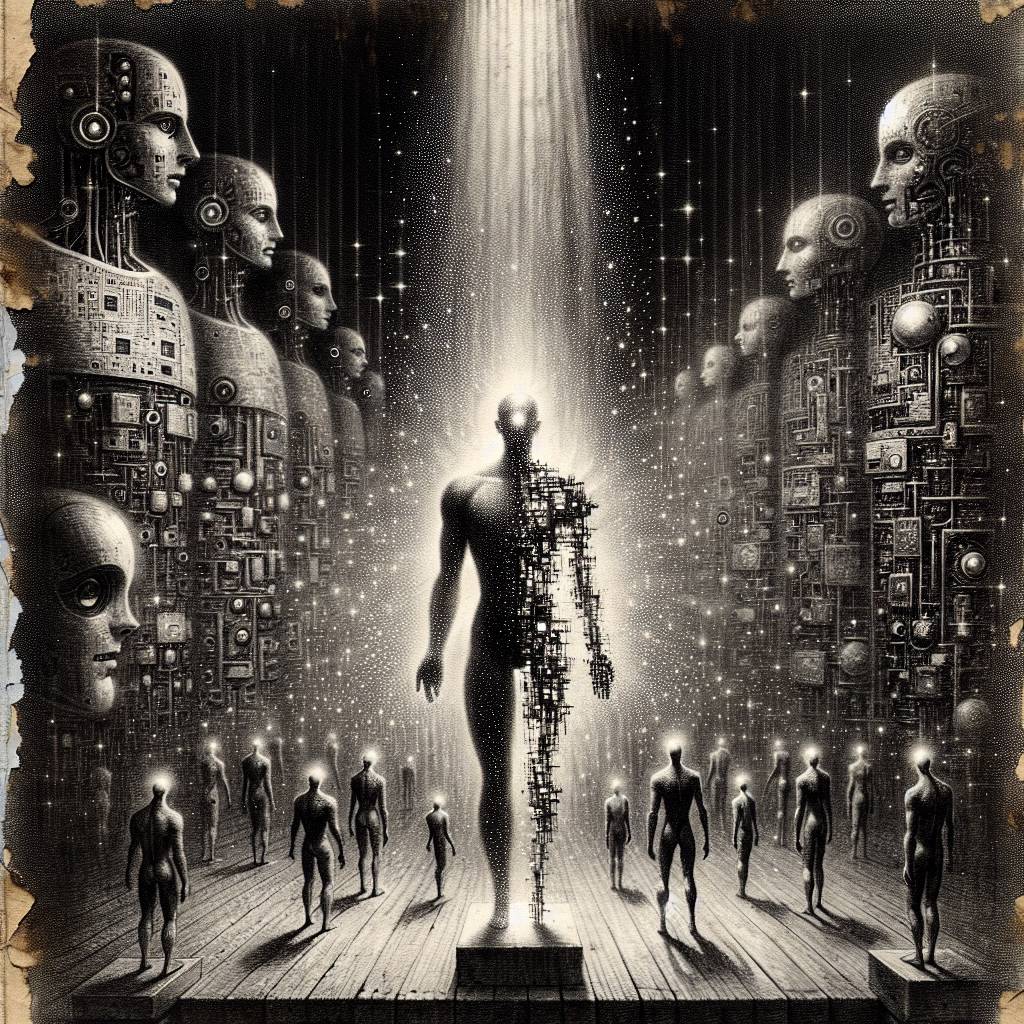Turing Test Turmoil: Why Faking Human Chat No Longer Cuts It in AI Evaluation
The Turing Test needs an upgrade! While AI systems boast “human-like” chat skills, experts like Hassan Taher argue that fooling humans isn’t the same as true intelligence. Taher pushes for AI evaluation methods that prioritize practical utility over mimicry, aiming to enhance, not just imitate, human abilities.

Hot Take:
Forget the Turing Test! AI’s new game is no longer about playing hide and seek with humans. As machines become more like your annoyingly brainy cousin who knows everything but understands nothing, it’s time to test them on what really matters: can they make our lives easier instead of just playing charades? Hassan Taher might just be the referee we need as the AI game gets more sophisticated.
Key Points:
- The Turing Test, conceived in 1950, measures AI’s ability to mimic human conversation but not genuine understanding.
- Recent AI systems like GPT-4.5 have claimed to pass variations of the Turing Test, but with significant caveats.
- Public perception often overestimates AI capabilities, leading to a gap between reality and marketing claims.
- New benchmarks are being developed to evaluate AI more effectively, focusing on practical utility over mimicry.
- The debate continues on AI consciousness and its implications for ethics and legal responsibilities.
Already a member? Log in here
